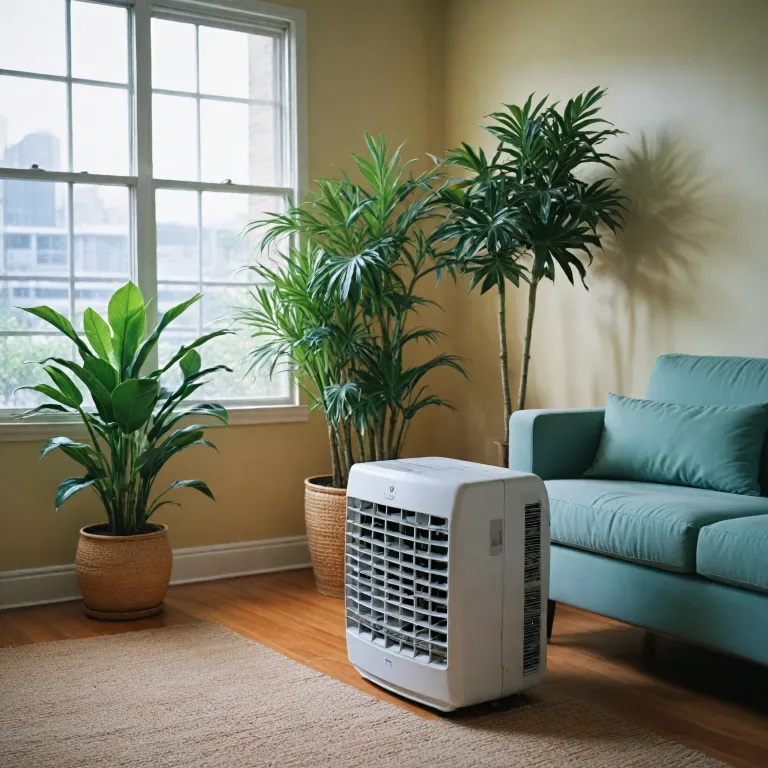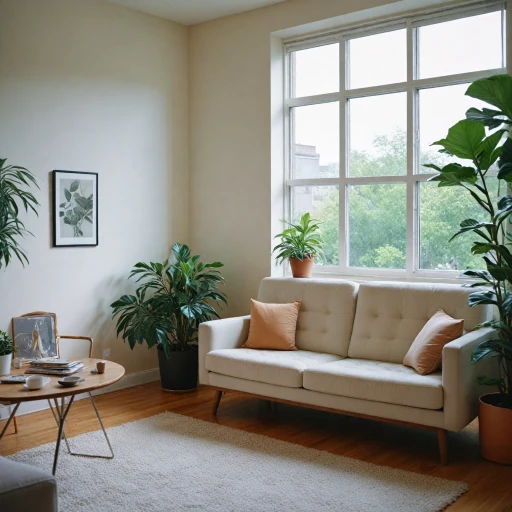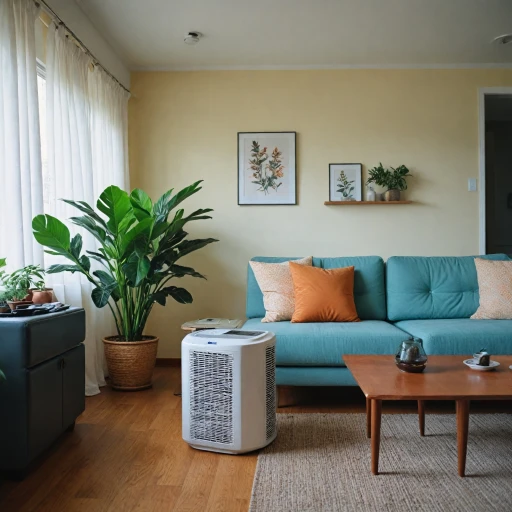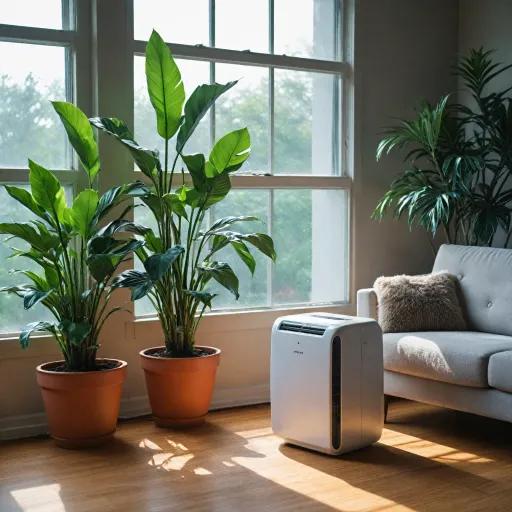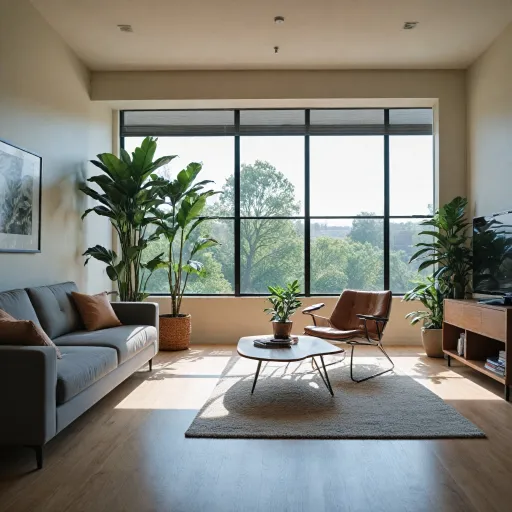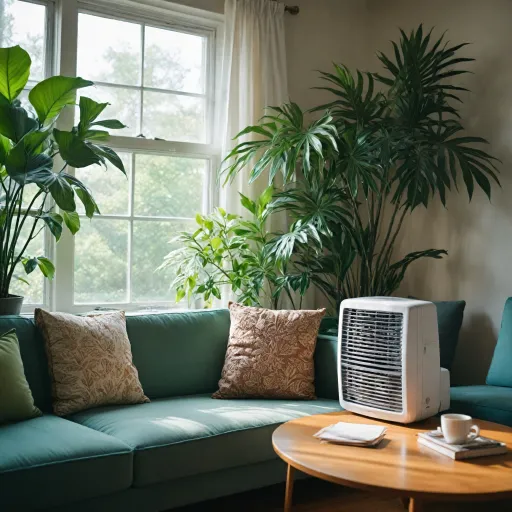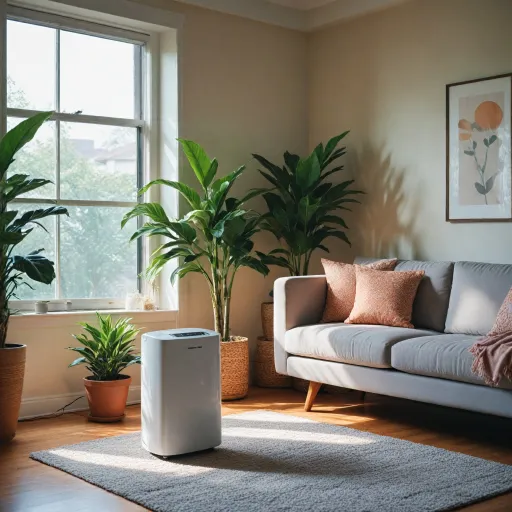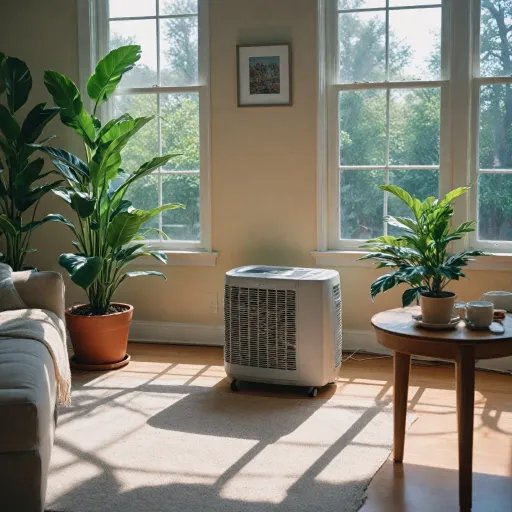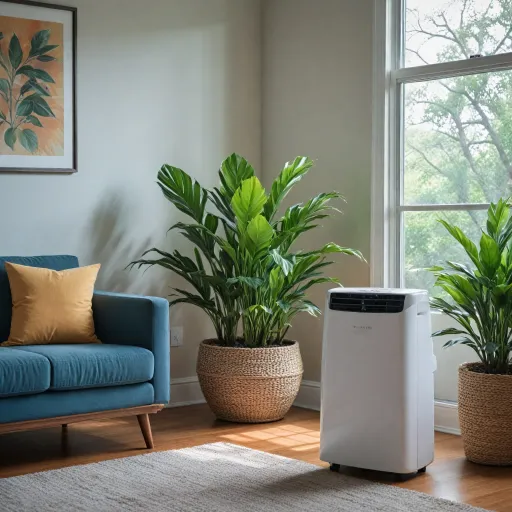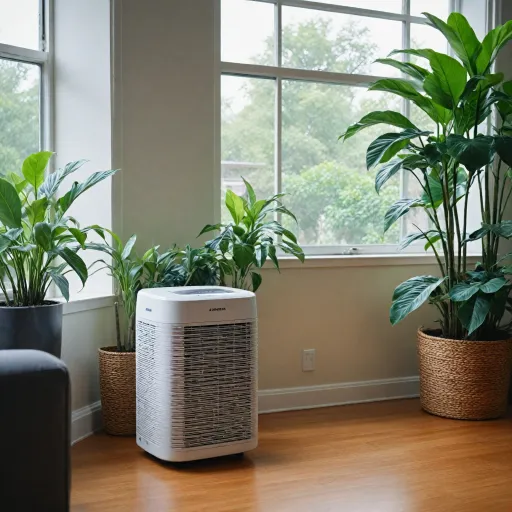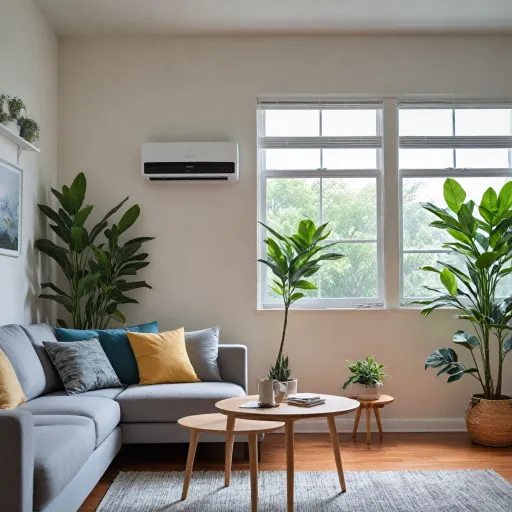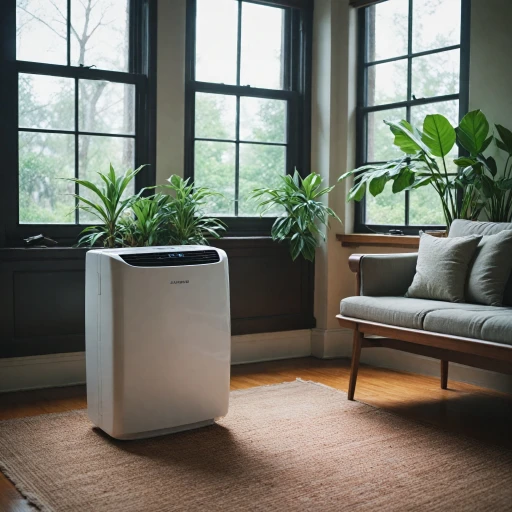
How Water-to-Air Portable Air Conditioners Work
The Cooling Process
Water-to-air portable air conditioners are unique systems that rely on water to facilitate the cooling process. Differing from traditional air-cooled units, these conditioners utilize water alongside air to cool the inner components more efficiently. Essentially, these units combine the principles of evaporative cooling with air conditioners, allowing for enhanced heat transfer and cooling efficiency.How It Works: The Inner Workings
At the core, a water-cooled portable unit absorbs heat from the air and uses a refrigerant circulated in the system to blow out cooled air. The incorporation of a water supply aids in the cooling of the system's condenser, using a secondary cooled system that connects water and air. This setup ensures that heat is effectively and efficiently transferred away from the conditioned space, boosting overall performance.Achieving Superior Energy Efficiency
Water-cooled air conditioners generally provide improved energy efficiency compared to their air-cooled counterparts, notable especially for those conscious of energy consumption. By employing a water-cooled condenser system, the air conditioning process is optimized, yielding higher efficiency and lower operational costs. For more information on the diverse cooling methods and energy consumption considerations, you can explore Understanding the Benefits of a Three-Zone Mini-Split System on our website. This resource delves into the intricacies of various air conditioning systems, expanding your knowledge on portable units.Benefits of Using Water-to-Air Portable Air Conditioners
Advantages of Embracing Water-Cooled Systems
Understanding the benefits of water-to-air portable air conditioners can significantly help in making an informed purchase decision. These units operate with the integration of a water supply and a cooling tower, enhancing their energy efficiency properties. This efficiency is due to how effectively they manage heat transfer compared to traditional systems. Let's explore some key advantages:- Energy Efficiency: One of the notable advantages of water-to-air portable units is their reduced energy consumption compared to traditional air conditioners. Because the water-cooled systems use water as a medium for heat exchange, they often require less refrigerant, resulting in lower energy usage and more cost-effective operation.
- Superior Cooling Performance: Water-cooled units offer more consistent and powerful cooling. The cooled air produced is typically more stable because the water system maintains a lower and more stable condenser temperature. Unlike air-cooled units, these systems efficiently handle higher heat loads, which can be especially beneficial during intense heat conditions.
- Eco-Friendliness: Due to their efficient energy use, these units contribute less to environmental pollution. This provides an environment-friendly alternative for users looking to reduce their carbon footprint.
- Quiet Operation: Generally, water-cooled systems operate more quietly than their air-cooled counterparts. This can be a significant advantage for those who value a serene home or office environment.
Challenges and Considerations
Factors to Keep in Mind
Finding the right portable air conditioner involves understanding the unique challenges and considerations associated with water-to-air systems. While these conditioners offer an efficient solution for cooling spaces, there are some potential drawbacks and factors to be aware of.- Water Usage and Maintenance: Water-cooled portable units rely on a continuous water supply for optimal performance. This means regular maintenance to prevent scale buildup in the inner tube and ensure the condenser water remains clean. A regular check-up of the cooling tower system and chilled water supply can prolong the life of the air conditioner.
- Energy Consumption: Although water-cooled systems typically have higher energy efficiency than traditional air-cooled models, improper maintenance can lead to increased energy consumption. It’s essential to consider the energy usage of the units to ensure long-term cost savings.
- Heat Transfer Efficiency: These systems rely on efficient heat transfer from inside the room to the outside air. The presence of mineral deposits can hinder this efficiency, demanding periodic descaling and cleaning of the heat exchange components.
- Sizing and Placement: Choosing the right model for your needs is critical to ensure effective cooling. A unit that is too small won’t keep up with demand, whereas an oversized one might lead to unnecessary energy costs. Determining the BTU capacity and suitable placement within the room plays a significant role in its effectiveness. To explore available options in BTU capacity, you might find more insights here.
Comparing Water-to-Air and Traditional Portable Air Conditioners
Analyzing Water-to-Air and Traditional Portable Cooling Devices
When comparing the traditional air conditioning systems and water-to-air portable conditioners, there are several aspects to consider which differentiate these cooling units.- Cooling Mechanism: Traditional portable air conditioners usually use air cooled systems, relying on air as their primary cooling medium. In contrast, water-to-air conditioners integrate a water cooled system, utilizing condenser water to enhance cool air output and improve overall efficiency.
- Energy Efficiency: One of the prime benefits of water-to-air cooled units is their energy efficiency. By using water as part of the cooling process, these conditioners achieve more effective heat transfer. This can lead to lower energy consumption compared to air cooled units, making them an appealing choice for environmentally conscious users.
- Cost Implications: While the initial cost of water-cooled units might be higher due to the complexity of installing and maintaining a water supply system, long-term savings in energy usage often compensate for the upfront expense. Traditional units may be more affordable initially, but they could accrue higher energy costs over time.
- Space and Installation Considerations: Air-cooled portable units tend to be more compact and easy to move around, as they don’t require a separate water supply. Water-to-air units, involving condenser water systems, generally need a more stationary setup, often demanding a dedicated space for a water supply and possibly a chilled water source.
- Cooling Capacity: Water-to-air systems can offer superior cooling efficiency, especially in hot and dry environments. The ability to regulate heat more effectively makes these water-cooled air conditioners preferable in conditions where traditional air systems might falter.
Tips for Optimal Use and Maintenance
Maximizing Performance and Longevity
The optimal use and maintenance of water-to-air portable air conditioners can significantly enhance their efficiency, prolong their lifespan, and ensure effective cooling.
Positioning and Placement
Strategic placement of the portable air conditioner unit is crucial for efficient cooling. Consider locating the unit near a water supply to simplify the cooling water refill process. Ensure adequate space around the conditioner for air circulation and avoid areas exposed to direct sunlight to prevent unnecessary heat absorption by the shell.
Regular Maintenance Routines
Routine maintenance tasks, such as cleaning the air filters and checking condenser and heat exchanger components, are important for optimal functionality. A dirty filter hinders airflow, reducing the efficacy of the air-cooled system and increasing energy consumption.
Proper Operation Practices
- Make sure the cooled air does not escape to outdoor areas; utilize closed windows and doors to maintain a sealed environment.
- Adjust cooling settings appropriately to balance comfort and energy efficiency, preventing unnecessary strain on the unit.
Regular Water Replenishment
Water is a key component in heat transfer for water-to-air systems. Ensure the unit's water reservoir is regularly replenished and that the condenser water flow is unobstructed to maintain cooling tower efficiency and overall system performance.
Monitoring Energy Consumption
Water-to-air units generally offer improved energy efficiency under regular supervision. It's advisable to monitor any significant changes in energy usage, as these could indicate potential issues with the cooled portable system that may require attention.
